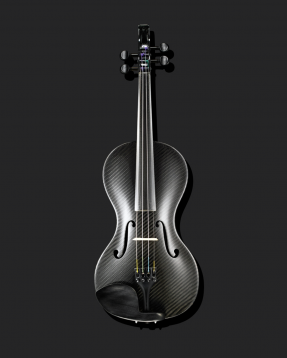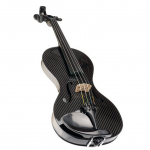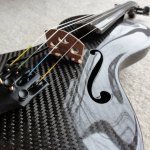Thomas Edison stumbled upon a carbon-fiber precursor while experimenting with lightbulb filaments in 1879. He superheated splinters of bamboo and produced strands of carbon that could withstand high temperatures and conduct electricity. Physicist Roger Bacon expanded on this process in 1958, creating “whiskers” roughly 10 times the tensile strength and more than three times the toughness of steel. Researchers eventually learned how to manufacture these carbon whiskers into a pliable weave, chemically bonding the fibers to substances like plastic to create strong composite materials.
Modern CF is a far cry from Edison’s filaments. Today, manufacturers start by chemically treating thermoplastics and spinning the resulting material into strands. From there, the strands are baked in a series of industrial furnaces reaching up to 3,000 degrees Celsius, while also being exposed to highly pressurized gases. This trial by fire ultimately crystallizes the carbon molecules, leaving behind strands that can consist of more than 90 percent carbon. Finally, the strands are chemically treated again in preparation for bonding, molding and application.
The Luis and Clark violin is not only a terrific solo violin, but it spent the entire month of June performing chamber music with Stradivaris, Guarneris, Amatis and many other superb traditional instruments. It takes its place completely naturally in the company of great string instruments.”
producer: luis and clark
period: 2004
Object ID: 26564
Category/function:
audio-video · carbon · gadgets · Producer L > Z · What's hot >
Product Locator: type in your zip code and hit locate. Click on grey object locator box to contact us for help.











0 comments ↓
There are no comments yet...Kick things off by filling out the form below.